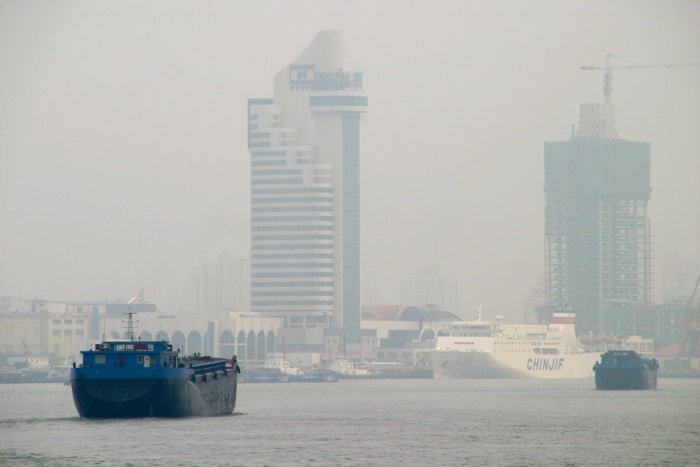The designer of China’s carbon market said that expansion into new sectors would be delayed.
China is the world’s biggest source of carbon emissions. In 2021, China’s carbon emissions were over 11.9 billion tons.
New Industries Added to China Carbon Market
Originally, big aluminum and cement producers in China would be part of its carbon market this year. But the country is going to postpone such expansion in 2023 instead.
They are most likely to start trading in China’s carbon market in 2024. By participating in the market, the sectors will meet their carbon emissions allowances.
This delay serves as another blow to the already rough beginning for China. Many consider the nation’s carbon trading system as a game-changer.
In effect, companies have to pay for their carbon emission permits. This is to reduce their carbon pollution and use more efficient fuel.
Effects of Delays in Carbon Market
Since the launch of China’s carbon market last year, it has seen less promising carbon prices. The same is true for carbon trading volumes.
Worse is that there was a crackdown on fabricated data committed by a couple of consulting firms. Regulators have to penalize them for doing such market misconduct. They shamed the companies in the public for committing data fault and negligence.
SinoCarbon, China’s leading verifying entity, is one of those firms. The company defended that they failed to identify faulty reports due to a tight schedule. Add to this the strict pandemic protocols that made the verification process harder.
Since correct data is the lifeline of China’s carbon market, data fraud must not happen again. Otherwise, it will make the expansion even more problematic.
In the meantime, the country’s officials gave a head’s up to focus on coal. This is because energy security is more important than climate issues for Beijing.
In effect, an analyst said that the country would see an increasing carbon emission. And so, it’s the environment that has to pay the price.
The Future of China’s Carbon Market
It was last July 2021 when the carbon market first launched. The carbon trading event largely included the power sector. Big companies in this sector accounted for about 40% of China’s total GHG emissions.
There’s no final date announced when the new sectors can take part in the market. Yet, market regulators expect to see them trading their carbon allowances by 2025. They are also expecting to welcome more firms from other industries.
Market leaders consider this addition essential to the success of China’s carbon market. Still, the series of delays in expansion can also postpone the market’s effectiveness.
In fact, power companies traded only 179 million tons of emissions in 2021. This is very low in comparison with the 4.2 billion tons given to them. Also, the price per ton of carbon emission is too low in China compared with Europe.
So, with very few market players, it will take years before it can help China reduce its carbon emissions.

